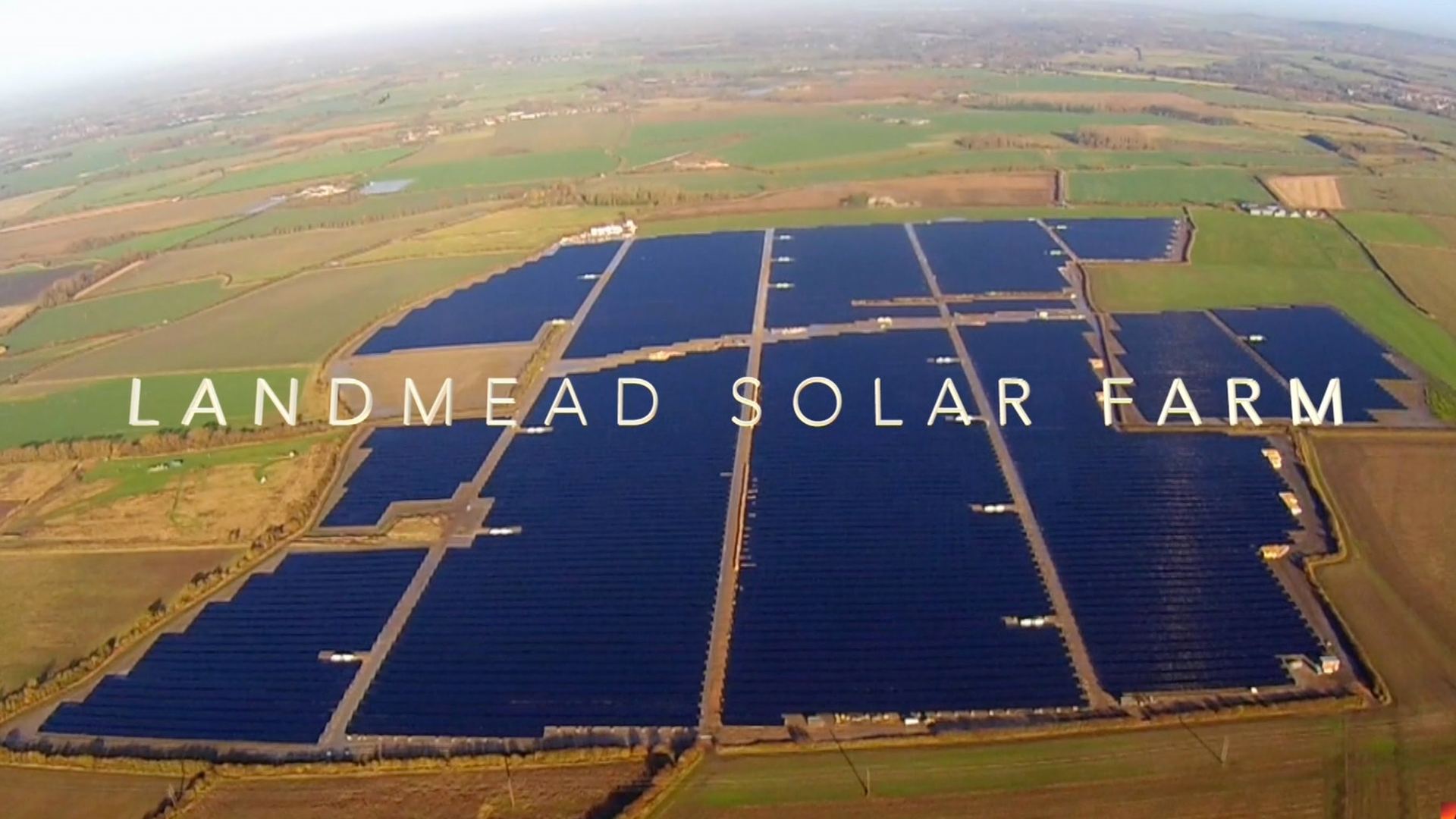Plans For Wales' Largest Solar Farm Submitted

A planning application has been submitted for the largest solar farm to be built in Wales. Plans for the 49.9MW scheme at Llanbadrig in Anglesey have been submitted on behalf of Countryside Renewables (North Anglesey) Ltd by Bilfinger GVA.
The scheme will generate sufficient renewable energy to power approximately 15,500 homes on an annual basis "“ this is equivalent to half of Anglesey's homes. The CO2 savings over the 30-year lifetime of the project will be 612,000 tonnes, the equivalent of taking nearly 14,000 cars off the road.
To be developed on 220 acres of agricultural land, which will continue to be used for grazing, the scheme includes extensive mitigation in the form of landscape and biodiversity enhancements.
The installation will also be the first in Wales of a new generation of cutting-edge solar photovoltaic projects that includes an option for battery storage. This capability enables the project to be a "peaker plant," storing electricity generated during the day and releasing it at times of peak demand. Battery storage smoothes the project's output, avoiding the intermittency of current-generation renewable energy projects. This storage option combined with the economies of scale from the size of the project allow it to deliver the best balance of DECC's three objectives of secure, clean and affordable energy supplies.
The application site was chosen given its high irradiation, inconspicuous location, proximity to a grid connection and limited visual impact. The location of the site was carefully selected using a top-down approach and extensive assessment of all of Anglesey. Irradiation at the site is in the top 20% of the UK and in the top 5% of Wales.
The development is entirely in line with planning policy at the local and national levels, and the aspirations and objectives of the Energy Island Programme.
Ben Lewis, energy specialist at Bilfinger GVA in Cardiff says, "This solar farm will be a landmark development, not just because of its capacity, but also its efficiency thanks to new storage technology. The size of the project allows it to make a meaningful contribution to energy generation in Wales and the UK, whilst complying with best practice guidelines to have minimal environmental and visual impacts on the surrounding landscape.
"If determined, the development will add greatly to Wales' projections for renewable clean energy provision and help meet the targets set in the Welsh Government's Climate Change Strategy for Wales to reduce emissions of greenhouses gases by 40 percent by 2020.






























